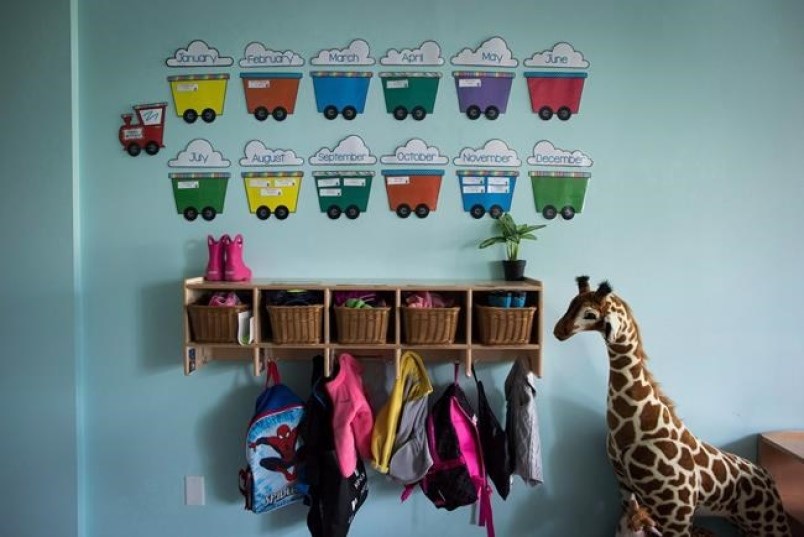Many parents struggle to find the right childcare situation for their family, and a new report has illuminated how hard that situation can be for families in Prince George.
The city has completed a new action plan presenting an examination of the current state of access to child care in Prince George – and has found multiple shortfalls.
Dubbed as The City of Prince George Child Care Action Plan 2020, it looked at the availability of spaces according to age, license type, location, timing and schedule, child care preferences and needs, and access to child care for underserved populations.
After community engagement and data collection, the plan found issues in four key areas:
- Shortages for child care spaces were identified for children of all ages
- Most substantial shortages were for infant and toddler care (0-36 months) and school-age care (ages 6-12)
- Families also experience difficulty accessing care that meets their specific needs and preferences
- This includes location, timing/schedules, staff qualifications, and programming
- The inability to access suitable child care had multiple consequences
- This includes parents leaving their employment, working reduced hours, or changing positions, or accepting spaces in unsatisfactory child care arrangements
- An existing shortage of ECE trained staff was identified as a critical issue underlying shortages of quality child care spaces
- This affects access to child care for underserved populations, such as children who require extra supports
The plan was developed with funding provided by the Community Child Care Planning Program Grant from the Union of British Columbia Municipalities (UBCM) and reviewed at city council’s public meeting on Monday (March 23).
The action plan concludes with proposed child care space creation targets as well as a series of recommendations, strategies and actions for how, the community effectively, efficiently, and creatively work towards meeting these targets.
It includes 17 recommendations centralized around themes that emerged from the surveys and engagement activities, such as space creation, staffing for child care, co-location of other support services, flexibility, and reducing barriers for underserved populations.
The plan’s purpose is to inform the city’s 2020 work plan priorities, including the identification of its role in poverty reduction at the local level.
The plan is also meant to serve as a key reference for organizations seeking funding or working to improve access to affordable, quality child care in the community.





